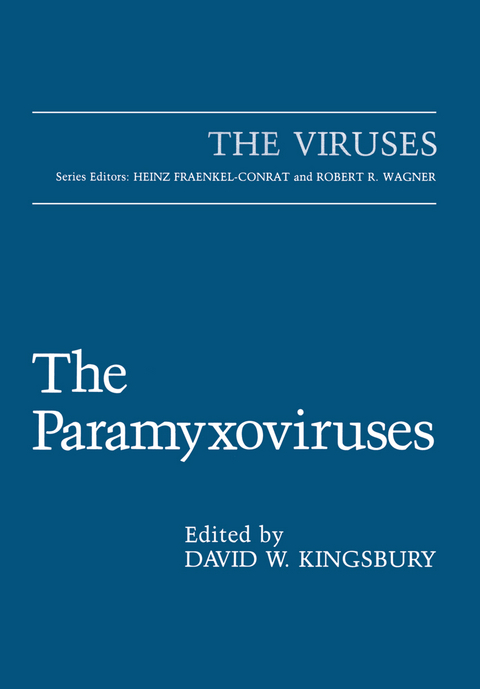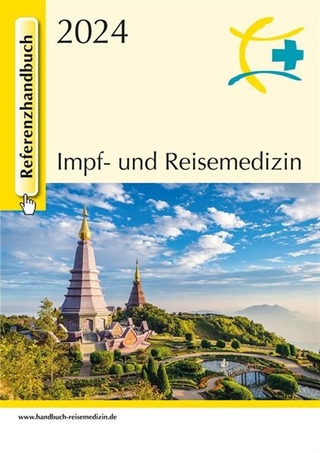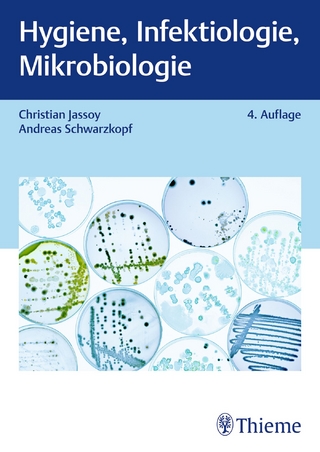
The Paramyxoviruses
Springer-Verlag New York Inc.
978-1-4613-6689-8 (ISBN)
1 The Genetics of Paramyxoviruses.- 2 The Molecular Biology of the Paramyxovirus Genus.- 3 The Molecular Biology of the Morbilliviruses.- 4 The Molecular Biology of Human Respiratory Syncytial Virus (RSV) of the Genus Pneumovirus.- 5 Evolutionary Relationships of Paramyxovirus Nucleocapsid-Associated Proteins.- 6 The Nonstructural Proteins of Paramyxoviruses.- 7 Paramyxovirus RNA Synthesis and P Gene Expression.- 8 Function of Paramyxovirus 3? and 5? End Sequences: In Theory and Practice.- 9 The Role of Viral and Host Cell Proteins in Paramyxovirus Transcription and Replication.- 10 Deletion Mutants of Paramyxoviruses.- 11 Paramyxovirus Persistence: Consequences for Host and Virus.- 12 Molecular Biology of Defective Measles Viruses Persisting in the Human Central Nervous System.- 13 Structure, Function, and Intracellular Processing of the Glycoproteins of Paramyxoviridae.- 14 The Unusual Attachment Glycoprotein of the Respiratory Syncytial Viruses: Structure, Maturation, and Role in Immunity.- 15 New Frontiers Opened by the Exploration of Host Cell Receptors.- 16 Paramyxovirus M Proteins: Pulling It All Together and Taking It on the Road.- 17 Intracellular Targeting and Assembly of Paramyxovirus Proteins.- 18 Immunobiology of Paramyxoviruses.- 19 Epidemiology of Paramyxoviridae.
| Reihe/Serie | The Viruses |
|---|---|
| Zusatzinfo | XXI, 596 p. |
| Verlagsort | New York, NY |
| Sprache | englisch |
| Maße | 178 x 254 mm |
| Themenwelt | Medizin / Pharmazie ► Medizinische Fachgebiete ► Mikrobiologie / Infektologie / Reisemedizin |
| Medizin / Pharmazie ► Studium | |
| Naturwissenschaften ► Biologie ► Botanik | |
| Naturwissenschaften ► Biologie ► Mikrobiologie / Immunologie | |
| Naturwissenschaften ► Biologie ► Ökologie / Naturschutz | |
| Naturwissenschaften ► Biologie ► Zoologie | |
| ISBN-10 | 1-4613-6689-5 / 1461366895 |
| ISBN-13 | 978-1-4613-6689-8 / 9781461366898 |
| Zustand | Neuware |
| Haben Sie eine Frage zum Produkt? |
aus dem Bereich


